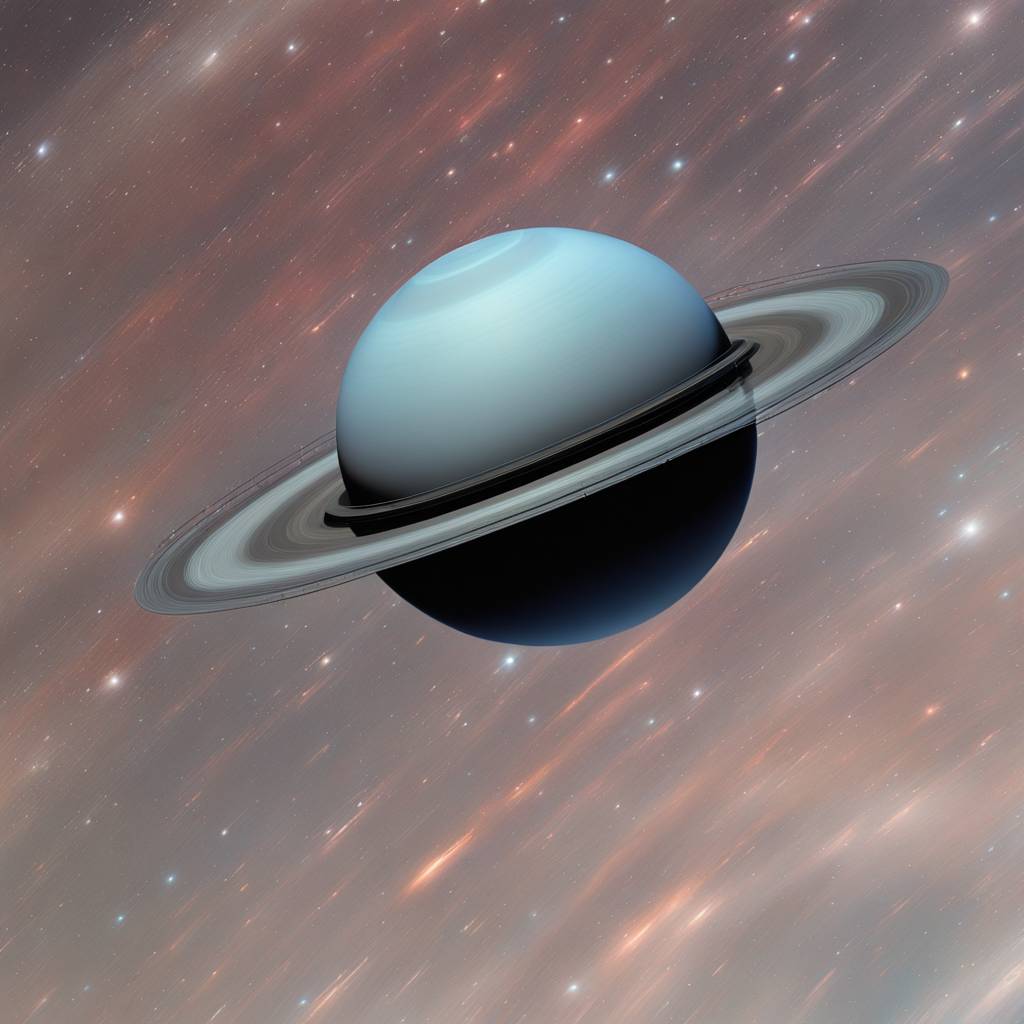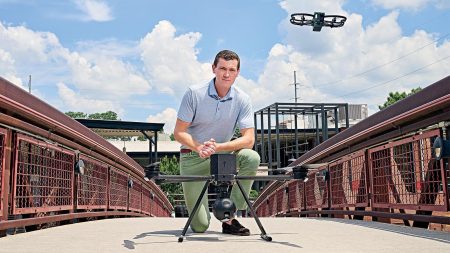NASA’s Voyager 1 spacecraft, which has been on an unprecedented journey across space since its launch in 1977, is currently facing a memory problem that has paused its scientific work. Engineers have identified the issue to be with the flight data subsystem, a computer that sends data back to Earth. A single chip within the FDS has been corrupted, preventing normal operations of the spacecraft. Troubleshooting the problem is a slow process due to Voyager 1’s distant location over 15 billion miles away from Earth.
In March, NASA sent a command to Voyager 1 that prompted the spacecraft to send back a readout of its FDS memory, confirming that about 3% of the memory has been corrupted. This discovery has given engineers hope that they can find a way for the FDS to operate normally without the unusable memory hardware. However, the exact cause of the glitch remains unknown, with possibilities including damage from an energetic particle in space or simply wearing out after 46 years of service.
Despite the challenges and uncertainties, NASA remains optimistic that a solution can be found to enable Voyager 1 to resume its scientific work and send back valuable data. Although the process may take weeks or months, engineers are dedicated to finding a way for the spacecraft to continue its exploration of interstellar space. Voyager 1 has already achieved significant milestones, including becoming the first human-made object to venture into the unexplored territory outside our solar system.
Voyager 1’s twin spacecraft, Voyager 2, also crossed over into interstellar space in 2018. Both spacecraft have been providing valuable data on interstellar space, despite being decades past their original missions. NASA has been able to keep the aging spacecraft functioning by turning off some of their science instruments. If a solution is found for Voyager 1’s memory problem, it will continue to contribute to our understanding of the universe and add another chapter to its epic story of exploration.
The distance between Voyager 1 and Earth poses significant challenges for troubleshooting and fixing the spacecraft. Communication with Voyager 1 takes over 22 hours for a radio signal to reach the spacecraft and receive a response. This slow-motion troubleshooting process makes it difficult for engineers to pinpoint the exact cause of the glitch, leaving them to rely on educated guesses. Whether the issue is due to damage or aging hardware, NASA remains committed to finding a solution and returning Voyager 1 to its mission of exploration and discovery.













